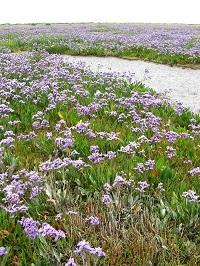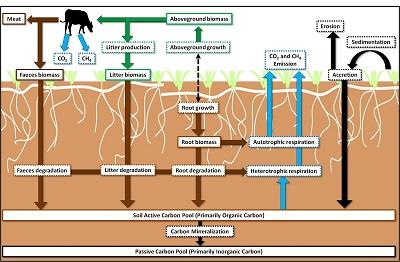Saltmarsh ecosystems are widely distributed around the globe and are the focus of much research due to their importance to wildlife, people and the functions they perform. They are under threat, however, as centuries of over-exploitation, habitat modification and pollution have led to their degradation and biodiversity losses.
Salt marshes are important habitats for many rare and unusual species of plants and animal adapted to living in an environment that is regularly covered by tides. They are frequently grazed by livestock, either for premium quality meat or for conservation purposes. Salt marshes buffer the erosive effects of wave energy and protect the land behind from flooding, in addition to being a source and sink of carbon. CEH saltmarsh research covers the following themes:
- Biodiversity management and conservation: salt marshes are subject to a variety of different management regimes and contain many rare species. We are studying the ecology of rare species and the effect livestock grazing has on birds, small mammals, invertebrates and plants.
- Saltmarsh processes and functions: salt marshes are subject many environmental influences and perform several important ecosystem functions. Our research describes these processes and quantifies the functions that saltmarsh habitats perform.
- Restoration: our research is focused on restoring salt marshes and mudflats by the managed realignment of flood defences and understanding how plant and animal communities colonise land that was formerly used for agriculture. We work on a broad range of topics including seed dispersal and plant colonisation, invertebrate ecology, bird usage, carbon storage and greenhouse gas emissions.
- Citizen science – The Saltmarsh app: with the aid of The Saltmarsh App, a UK-wide group of marine scientists are asking interested individuals and groups to investigate the salt marshes which surround our coast. Once you download the free, mobile app, you can carry out an interactive plant and soil survey.
Click here to find out more and to download the Saltmarsh App



